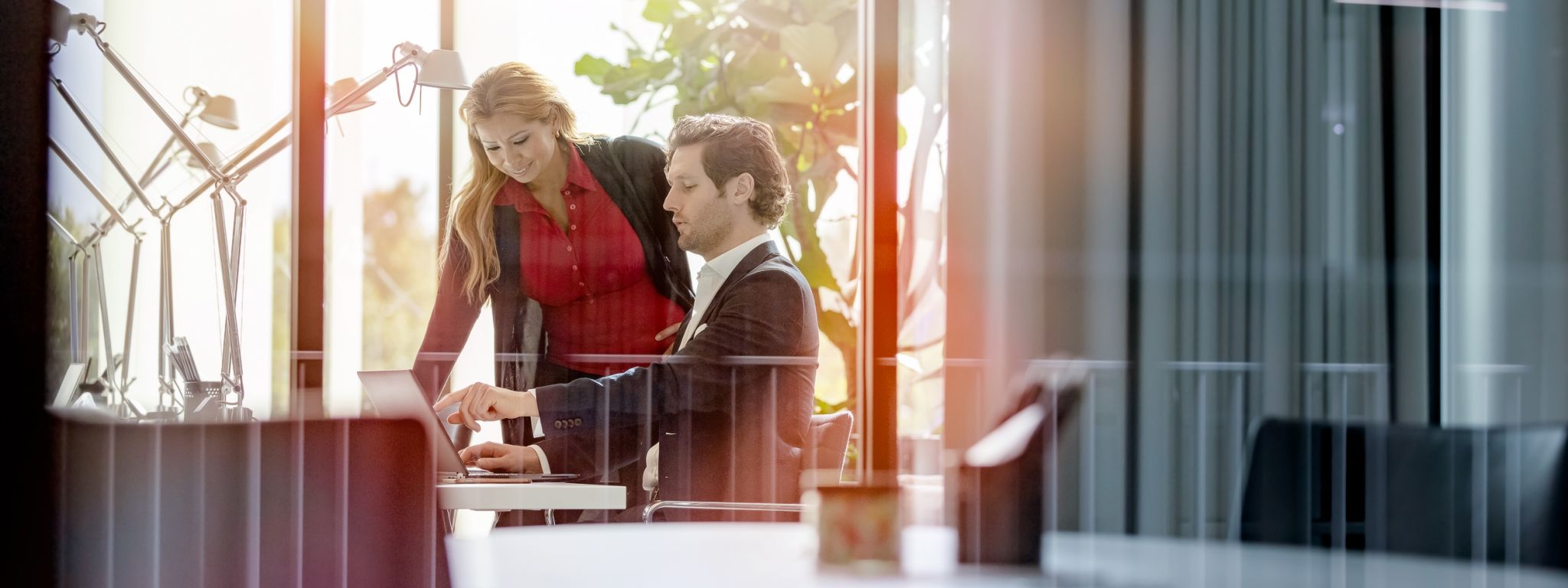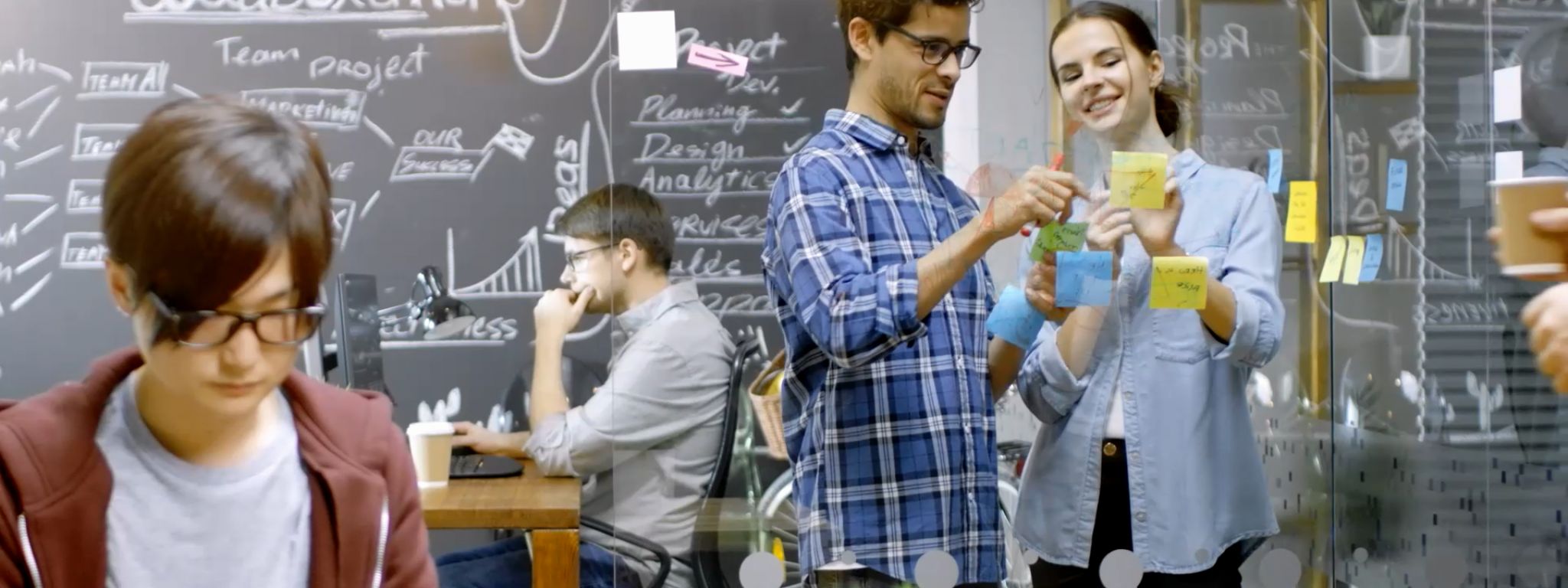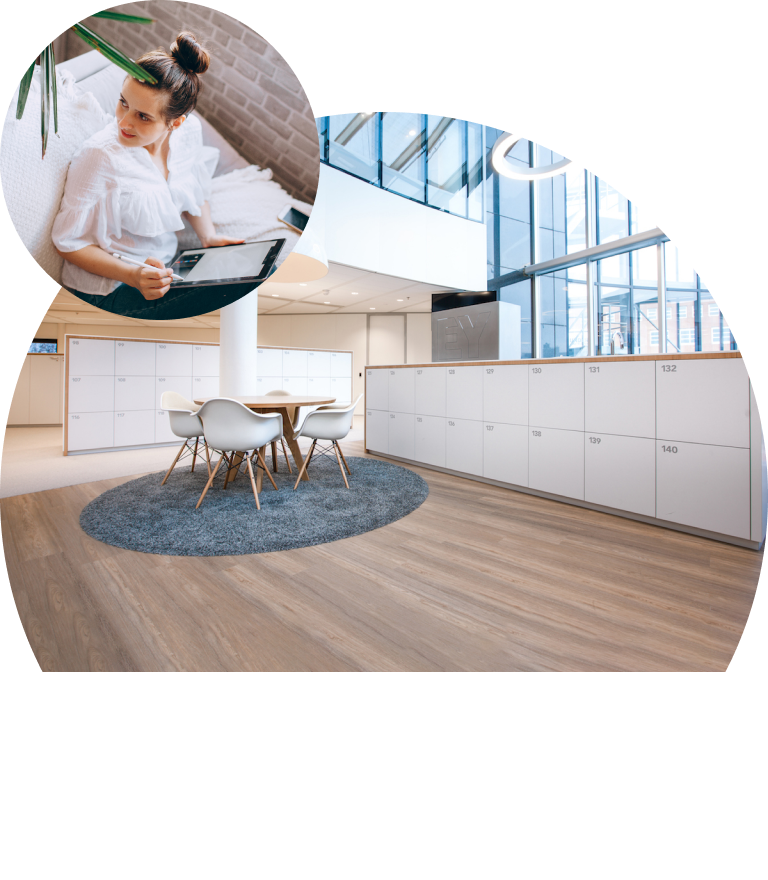As technology continues to get smarter and changing ways of working continue to impact workplace design, we explore different trends across 7 topics that are shaping the future of the 2020 workplace. The modern workplace is constantly changing. It is therefore important to keep up with the trends to avoid the risk of falling behind in concern to modernization.
For this reason, we have compiled a list of workplace trends for 2020. These trends help you understand the modern workplace and show you how you can create a work environment tailored to the needs of the modern employee. Is your company ready for 2020?
Trend #1: The importance of a healthy workplace
- A good workplace environment boosts employee happiness, morale, and motivation. What you should know is that a healthy workplace is extremely decisive to the overall success of your business. In fact, when the workplace environment is conducive, employees become highly engaged and, in return, deliver 21% greater profitability, 17% higher productivity, and 10% higher customer ratings (source: Finances Online).
- Mental health continues to become a growing concern, with half of Millennials and 75% of Gen Z's having left a job due to mental health concerns. Yet, mental health hasn't been taken seriously by companies that have workers who have suffered from it. As a result of the widespread mental health epidemic we are experiencing, companies are hiring therapists and are creating health centers to support employees. Are you joining Google, JP Morgan, and Goldman Sachs in this movement? (source: Dan Schawbel)
Trend #2: Remote work is the new catchword
- A recent study found that 70 percent of professionals now work remotely at least one day per week, and 53 percent work remotely for at least half of the week. That means companies need to reimagine and redesign their office spaces to meet their employee’s ever-changing needs and expectations, even in an increasingly remote world. (source: Ambius)
- By 2028, the study projects that 73 percent of all teams will have remote workers.
In fact, the study predicts, by 2028, non-traditional, flexible talent (ie. freelancers, temporary and agency workers) will comprise 24 percent more of departmental headcount as compared to today. The results were approximated for future projections based on the current results of the youngest cohort, Gen Z. (source: Upwork)
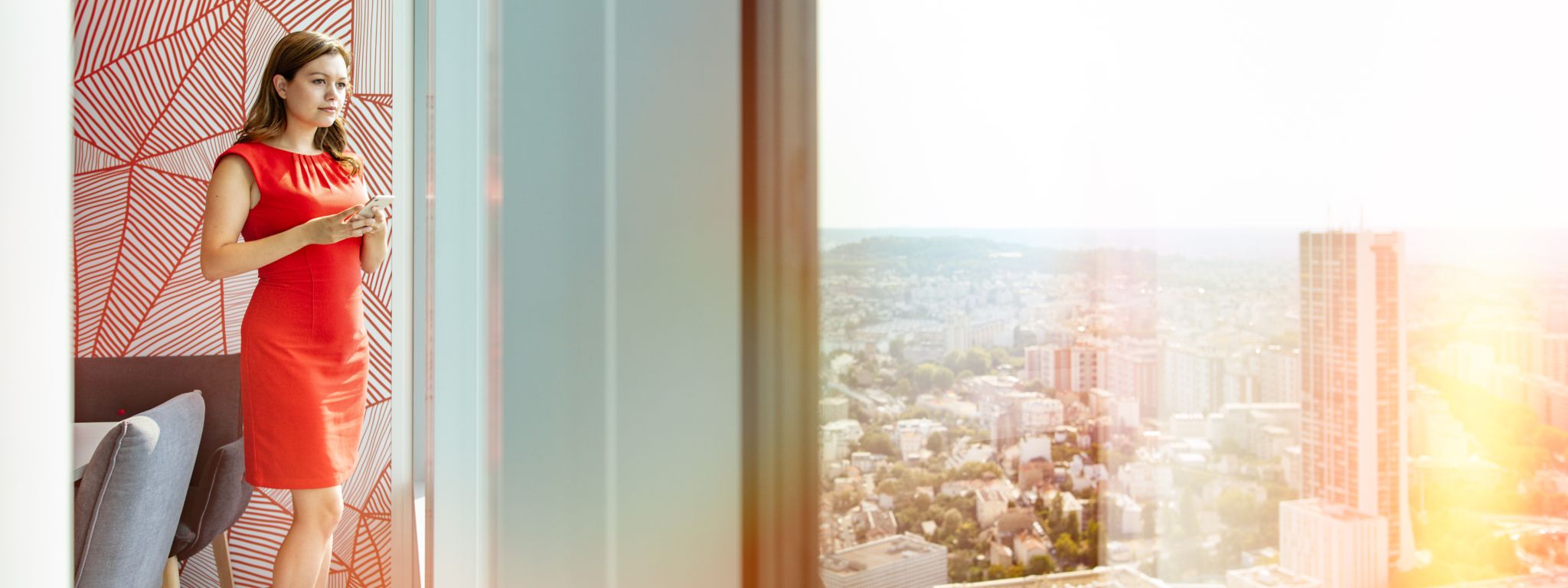
Trend #3: The emphasis on work-life balance
- Even though 75 percent of full-time employees globally say they have enough time in the workday to finish their major tasks, nearly two in five (37 percent) work more than 40 hours each week and 71 percent claim work interferes with their personal lives (Source: Workplace Trends)
- Today, working late nights or long weeks to earn more is never a pre-eminence. Modern employees are now looking for better work-life balance and perks that positively impact their well-being. In fact, job seekers of today claim good work-life balance invariably sway their decisions when evaluating an organization (sources: Finances Online).
Trend: #4: Social purpose becoming a priority
- To successfully attract, hire, and retain a young workforce, companies should make social purpose a priority. The younger generation (Millennials and Gen Z) are driving the social purpose trend. (sources: Finances Online).
- Thousands of Gen Z's are globally surveyed by Kronos and discovered that after compensation, they want to work for a company that does meaningful work. This desire for meaning weighed more than employee benefits and even schedule flexibility. (sources: Kronos)
- A study by PwC found that 79% of leaders think that purpose is central to business success and Gallup found that 41% of employees want to know what a company
stands for. Is social purpose a topic on your 2020 management agenda? (source: Dan Schawbel)
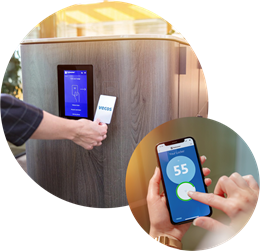
Trend #5: Technology and AI
- We are at the beginning of what’s being termed Industry 4.0, “a new way of value creation disrupting business models, products, divisions, processes, and methods… triggered by digitalization, automation through the connection of all human or machine actions, associated with the entire value chain.” (source: Deloitte).
- Artificial intelligence is accelerating this trend by making collaboration processes far more efficient. Virtual assistants can book venues, synchronize agendas, take notes, assign actions, and set up follow-up meetings – making it easier for individuals to connect and work as teams, and enabling greater productivity. (source: NTT)
- It is estimated that by 2025 nearly 1 Billion users will rely on AI-powered assistants. AI-powered machines are helping us make faster decisions, improve operational efficiency and reduce costs (Source: Zoi Meet)
Trend #6: The growing spotlight on agile ways of working
- Digital applications and software-based everything is making a significant impact on how people work. As organizations seek to enable cross-functional, project-based teams from around the world, there’s a greater focus on productivity and collaboration solutions that offer flexibility and support a more agile way of working.
- 70% of organizations say that one of the tangible benefits of their digital strategy is shaping new ways of working through organizational transformation. (source: NTT)
- Work will be more and more ‘What we do’ instead of ‘a place where we go’. Mobility is becoming more important and this will also show in workspace utilization. It’s key to study your space utilization to see how you can improve your workspace because of the changing ways of working. A great working environment for the staff will have engaged employees. (source: Lanico)
Read More: Top 10 features of smart workplace lockers
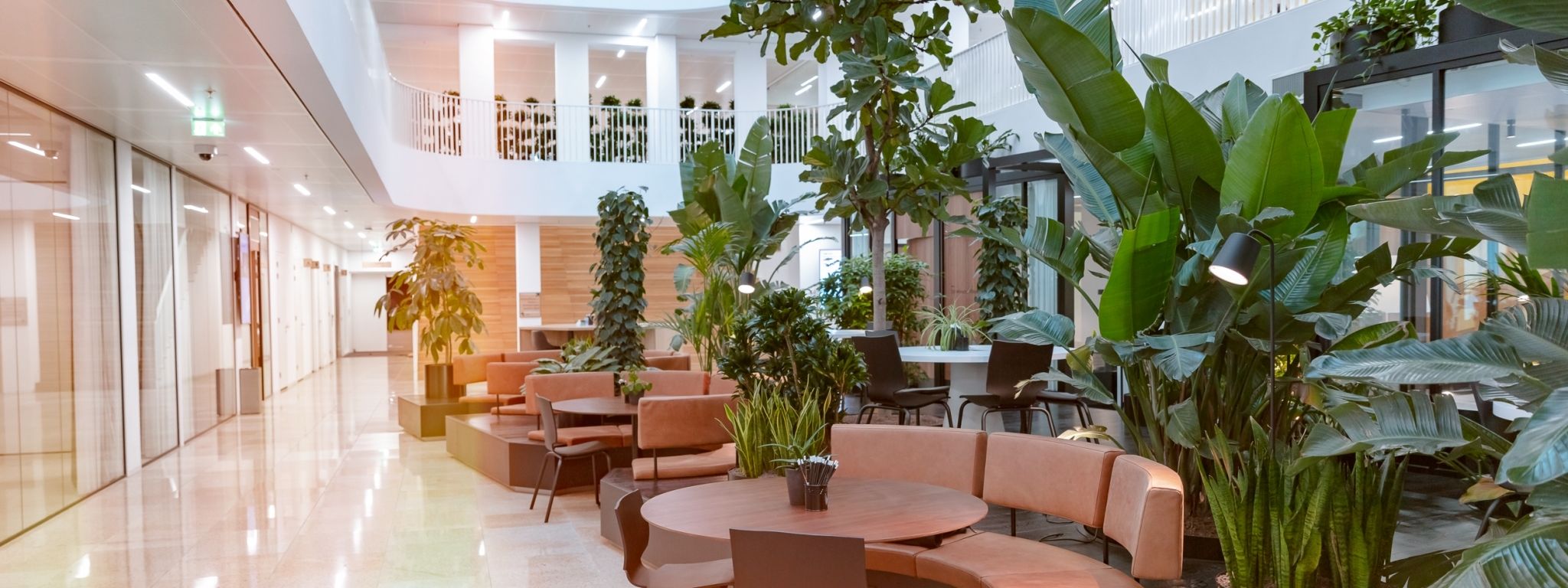
Trend #7: Sustainability
- In a study by HP, they found that 61% of people believe sustainability is mandatory, 58% said environmentally-conscious practices are key to engaging the future workforce and 46% would only work for sustainable companies. Sustainability truly becomes a topic, and this time it’s driven by the workforce as well. Make sure that your company acts towards this! (source: HP).
- Sustainable design in its current form now has a whole spectrum of certifications in place to focus on the investment in our building’s performance as well as employee well-being. These include LEED, WELL Building Standard, FitWell, and the Living Building Challenge, which are all meant to create a positive impact on the occupants and natural systems that interact with buildings. What we’re witnessing now is the fully realized dream of wellness and environmental design. (source: Ambius)
Which trends do you recognize in your organization? Do you see major changes between your 2019 and 2020 workplace strategies? At Vecos we always want to be on top of trends and innovations. We can therefore help you by implementing our innovative smart locker solution that perfectly integrates in any agile way of working. Whether you are still moving from static to more flexible, or already fully adopting activity-based working.
We are there for you. Meet us in 2020!


